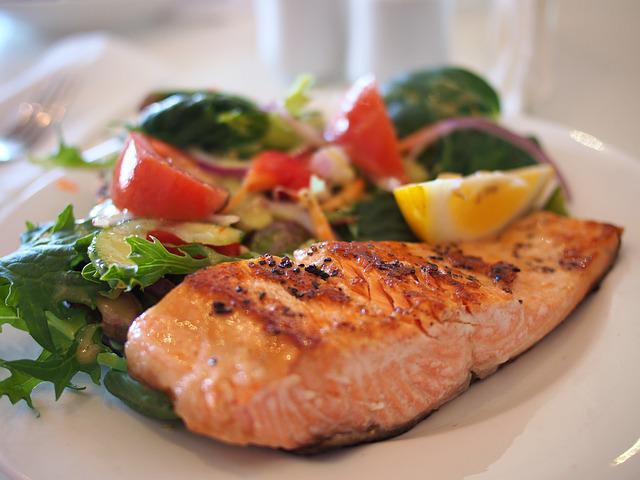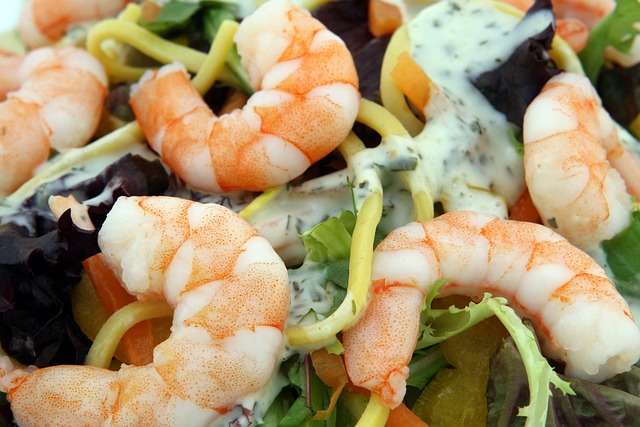Making wise selections when shopping for seafood can be a daunting task. It’s crucial to consider many factors, such as sustainability, nutrition, and cost. This blog post will explore six key elements you should consider before buying any type of seafood. By learning these tips, you can decrease your environmental footprint while enjoying delicious fish dishes that won’t break the bank.

Understand The difference Between Wild-Caught And Farmed Seafood
One factor that stands out is whether it’s wild-caught or farmed. Wild-caught seafood is caught in natural habitats, making it more flavorful and healthier due to its naturally occurring nutrients. On the other hand, farmed seafood is raised in controlled environments and often fed artificially fortified diets. While farmed seafood can be more affordable and accessible, it may not have the same nutritional value as wild-caught options. In this case, fresh Louisiana seafood for sale is often wild-caught and of high quality. This is because the Gulf of Mexico provides an ideal habitat for many fish and shellfish species. By understanding these distinctions, you can make a smart and sustainable choice when buying seafood.
Learn About Common Types Of Seafood And Their Health Benefits
Knowing the health benefits of different types of fish and shellfish can help you make informed decisions about what to add to your shopping cart. For example, salmon is famous thanks to its high omega-3 fatty acids, which can support heart and brain health. Meanwhile, shrimp and lobster are low in fat and calories but high in protein, making them excellent options for those looking to maintain or lose weight. Whether you’re grilling, baking, or sautéing your seafood, picking out the right fish or shellfish can make a big difference in both the taste and the nutritional benefits of your meal.
Read Labels
One of the most important things to keep in mind is sustainability. With such wide varieties of seafood available, it can be challenging to know which options are sustainable and which are not. One of the easiest ways to determine this is by reading labels. Labels can provide important information about the origin of the seafood, as well as whether or not it was wild-caught or farmed. By reading labels, you can feel good about your purchase and do your part to help protect our oceans and the wildlife inhabiting them.
Consider The Season When Buying Seafood
Like fruits and vegetables, certain types of seafood are more readily available at different times of the year. Not only will this affect the freshness and taste of your seafood, but it can also impact your price. For example, if you’re looking for the freshest and most affordable lobster, try buying it during summer. On the other hand, if you’re in the mood for oysters, you’ll want to shop during the fall and winter. So, before shopping for seafood, research what’s in season. Your taste buds (and wallet) will thank you.
Pay Attention To How The Fish Is Stored
It’s essential to look for clear eyes and firm flesh, which indicate that the fish is fresh and has been handled carefully. If the fish has cloudy or sunken eyes or soft flesh, it’s best to avoid it. Paying attention to these details can help ensure that you’re getting the highest quality seafood possible and that it will be safe and delicious. So the next time you’re shopping for seafood, be sure to keep these factors in mind.

Ask Questions About Where Your Seafood Comes From
When purchasing seafood, it’s essential to ask questions about its origins. Knowing whether the fish were raised in a tank or caught in an open ocean environment, as well as the type of fishing method used, can provide valuable insight into the quality and sustainability of the seafood. By asking questions and learning more about where your seafood comes from, you can make informed choices about what to buy and support responsible fishing practices. So next time you’re at the fish counter or ordering at a restaurant, don’t be afraid to ask questions – you’ll contribute to a healthier ocean and more sustainable seafood industry.
There are many factors to consider when it comes to buying seafood. Knowing the above critical elements about buying seafood will help you make informed decisions for your health. So take the time to read labels, be aware of seasons and storage methods, and ask questions about where your seafood comes from – it may make all the difference. Buying sustainable seafood is beneficial for our oceans and marine life and can set you up for a delicious meal that you can feel good about eating.



